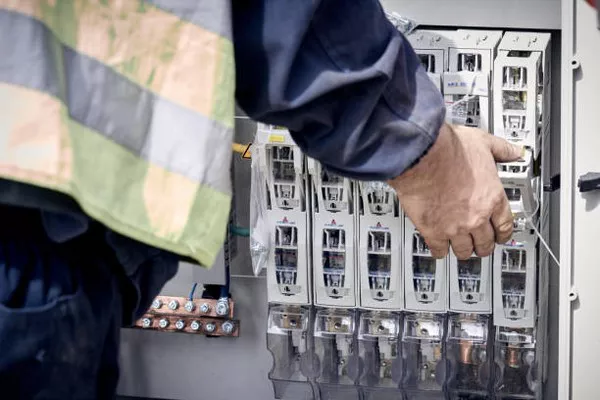Current transformers (CTs) are essential components in electrical systems, playing a crucial role in measuring and monitoring current flow. Among various types of CTs, split core current transformers have gained prominence due to their ease of installation and versatility in retrofit applications. This article aims to delve into the inner workings of split core current transformers, elucidating their functionality, applications, and advantages in modern electrical systems.
Overview of Split Core Current Transformers:
Split core current transformers are designed with a split core, which enables them to be easily clamped around existing conductors without the need for disconnection. This unique feature makes them particularly suitable for retrofit applications, where installation space and downtime are significant considerations. Split core CTs are primarily used for current monitoring, energy management, and power quality analysis in various electrical systems, including power distribution networks, renewable energy installations, and industrial machinery.
Principle of Operation:
The operation of split core current transformers is based on the principle of electromagnetic induction. When an alternating current (AC) flows through the primary conductor, it generates a magnetic field around the conductor. The split core of the CT is made of ferromagnetic material, which concentrates the magnetic flux generated by the primary current.
Inside the split core, a secondary winding is wound around a magnetic core, which is connected to the measuring or monitoring device. According to Faraday’s law of electromagnetic induction, the changing magnetic flux through the secondary winding induces a proportional voltage or current in the secondary winding. This induced secondary current or voltage is directly proportional to the primary current flowing through the conductor.
Functionality:
Split core current transformers function by capturing a portion of the magnetic flux generated by the primary current and transferring it to the secondary winding. The split core design allows the CT to be clamped around the conductor without interrupting the electrical circuit. This non-invasive installation method minimizes downtime and eliminates the need for costly and time-consuming rewiring.
Once installed, split core CTs provide an accurate and reliable means of measuring current without directly connecting to the primary circuit. The induced secondary current or voltage can be precisely measured and used for various purposes, such as power monitoring, energy management, and equipment protection.
Applications:
Split core current transformers find applications across a wide range of industries and electrical systems, including:
Power Distribution Networks: Split core CTs are commonly used in power distribution networks for monitoring current flow, detecting faults, and ensuring proper load balancing. They play a crucial role in optimizing energy efficiency and maintaining system reliability.
Renewable Energy Installations: In renewable energy systems such as solar photovoltaic (PV) and wind power plants, split core CTs are used for monitoring and controlling the flow of current between the renewable energy sources, inverters, and the grid. They help in optimizing power output and ensuring seamless integration with the grid.
Industrial Machinery: Split core CTs are integrated into industrial machinery and equipment for monitoring motor currents, detecting overloads, and implementing predictive maintenance strategies. By accurately measuring current levels, they contribute to the efficient operation and longevity of industrial systems.
Building Automation Systems: In building automation and energy management systems, split core CTs are utilized for measuring energy consumption, monitoring power quality, and implementing demand-side management strategies. They enable building owners and facility managers to optimize energy usage and reduce operating costs.
Advantages:
Split core current transformers offer several advantages over traditional solid-core CTs, including:
Ease of Installation: The split core design allows for quick and non-invasive installation around existing conductors, minimizing downtime and installation costs.
Versatility: Split core CTs are suitable for retrofit applications and can be easily installed in confined spaces where solid-core CTs may not fit.
Accuracy: Despite their compact size, split core CTs provide accurate and reliable measurements of current, ensuring precise monitoring and control of electrical systems.
Cost-Effectiveness: The ease of installation and versatility of split core CTs contribute to overall cost savings in terms of installation time, labor, and material costs.
See Also Transformers: A Comprehensive Exploration Of Their Functions
Conclusion:
Split core current transformers are indispensable components in modern electrical systems, offering a convenient and efficient solution for current monitoring and measurement. Their non-invasive installation method, accuracy, and versatility make them ideal for a wide range of applications, including power distribution networks, renewable energy installations, industrial machinery, and building automation systems. By understanding the functionality and advantages of split core CTs, engineers and system integrators can effectively leverage their capabilities to optimize the performance and efficiency of electrical systems.

